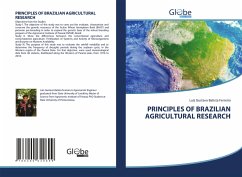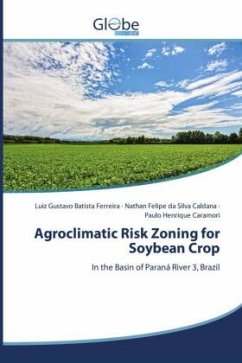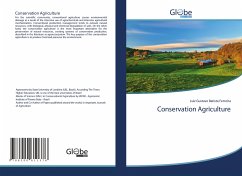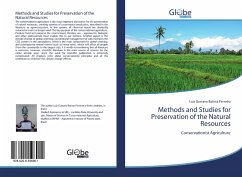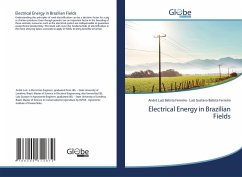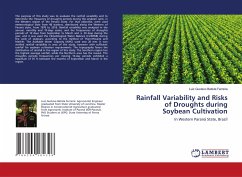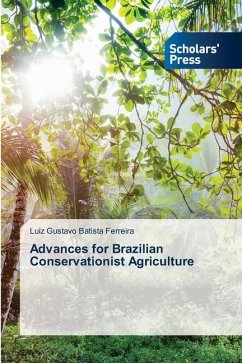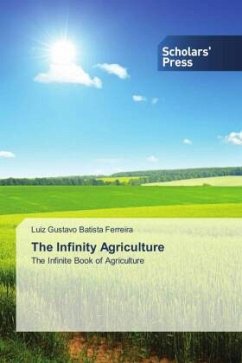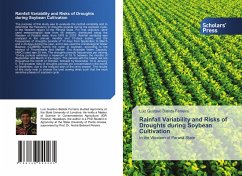
FERTILIZATION METHODS OF BRAZILIAN AGRICULTURAL SYSTEMS
Versandkostenfrei!
Versandfertig in 6-10 Tagen
24,99 €
inkl. MwSt.

PAYBACK Punkte
12 °P sammeln!
Fertilization is an agricultural practice that consists of applying fertilizers to the soil to recover or conserve its fertility (FONSECA; MARTUSCELLO; SANTOS, 2011). It is possible to supply the lack of soil nutrients and provide adequate development of cultivated plants, increasing productivity (SANTOS et al., 2010). In recent years it has been recognized that fertilization can be conducted on the basis of new strategies. One of the bases of innovation in fertilization is the continuous scientific research on the efficiency of new agricultural management techniques (FONSECA et al., 2008). Th...
Fertilization is an agricultural practice that consists of applying fertilizers to the soil to recover or conserve its fertility (FONSECA; MARTUSCELLO; SANTOS, 2011). It is possible to supply the lack of soil nutrients and provide adequate development of cultivated plants, increasing productivity (SANTOS et al., 2010). In recent years it has been recognized that fertilization can be conducted on the basis of new strategies. One of the bases of innovation in fertilization is the continuous scientific research on the efficiency of new agricultural management techniques (FONSECA et al., 2008). The soybean crop, one of the key crops to the United States, China and Brazil, demands significant amounts of fertilizers, especially phosphates (SILVA; LODI; OLOVICIN, 2013). Brazil is the fourth largest consumer of fertilizers in the world, representing around 6.0 % of world consumption, behind only China, India and the United States. In some crops, as cotton, the cost of fertilizer is 30 % of the total cost of production, leading farmers to adopt practices that increase the efficiency of fertilizers in intensive grain and fiber production systems.



